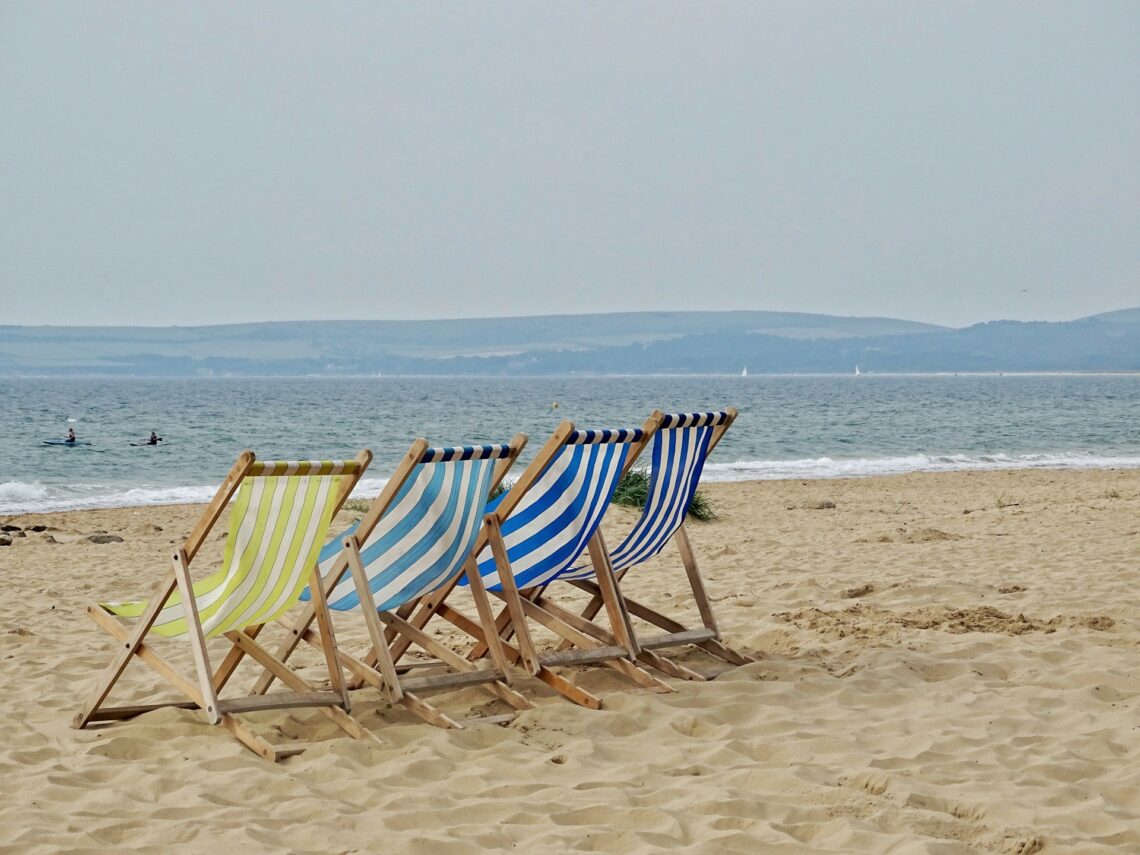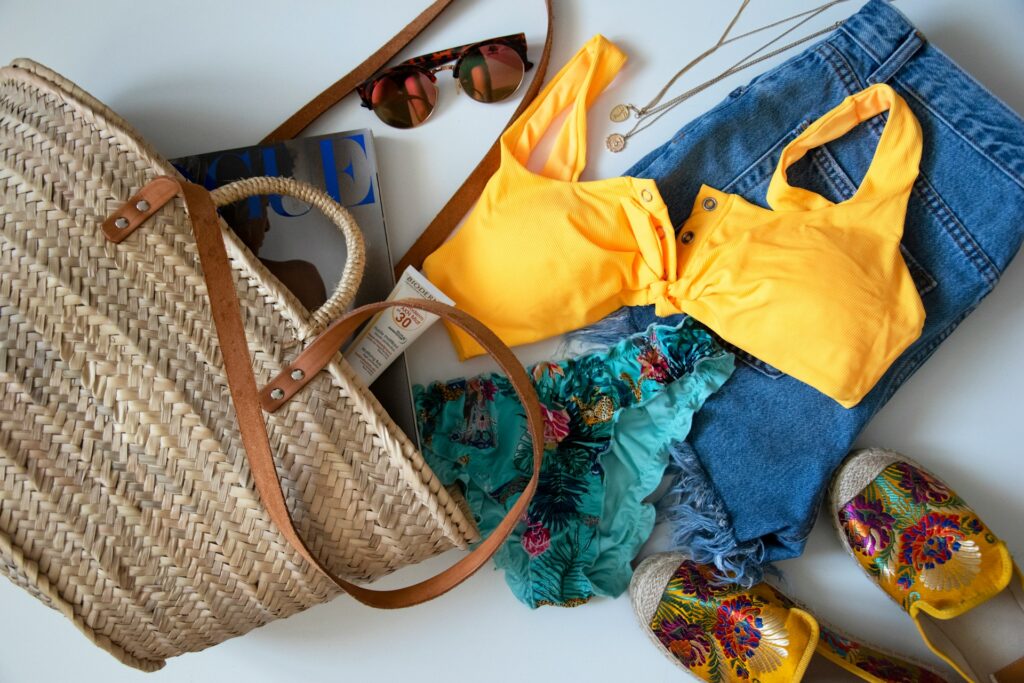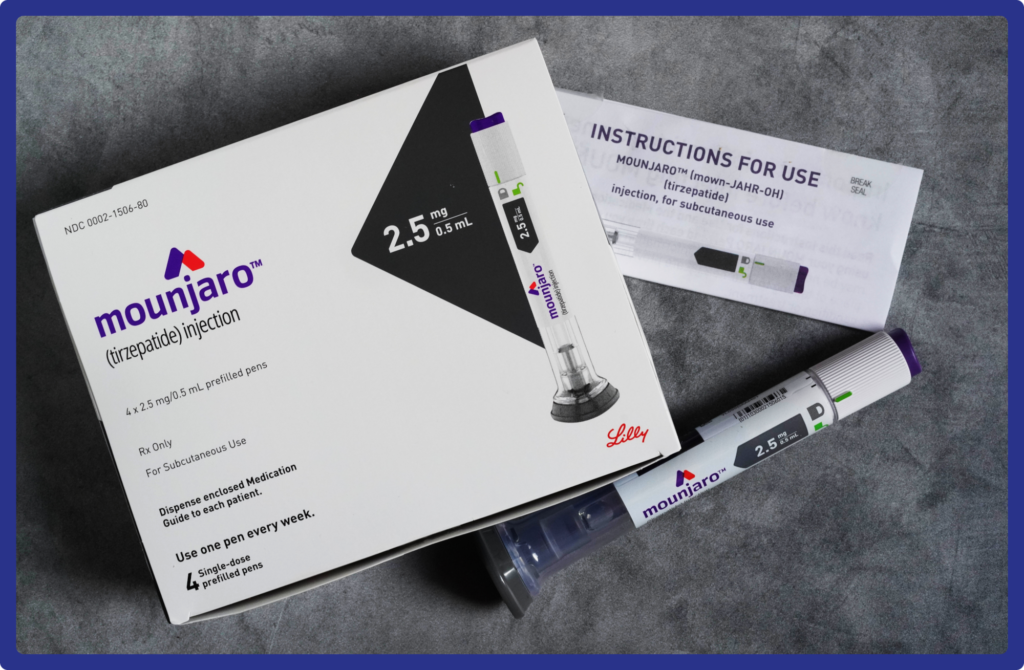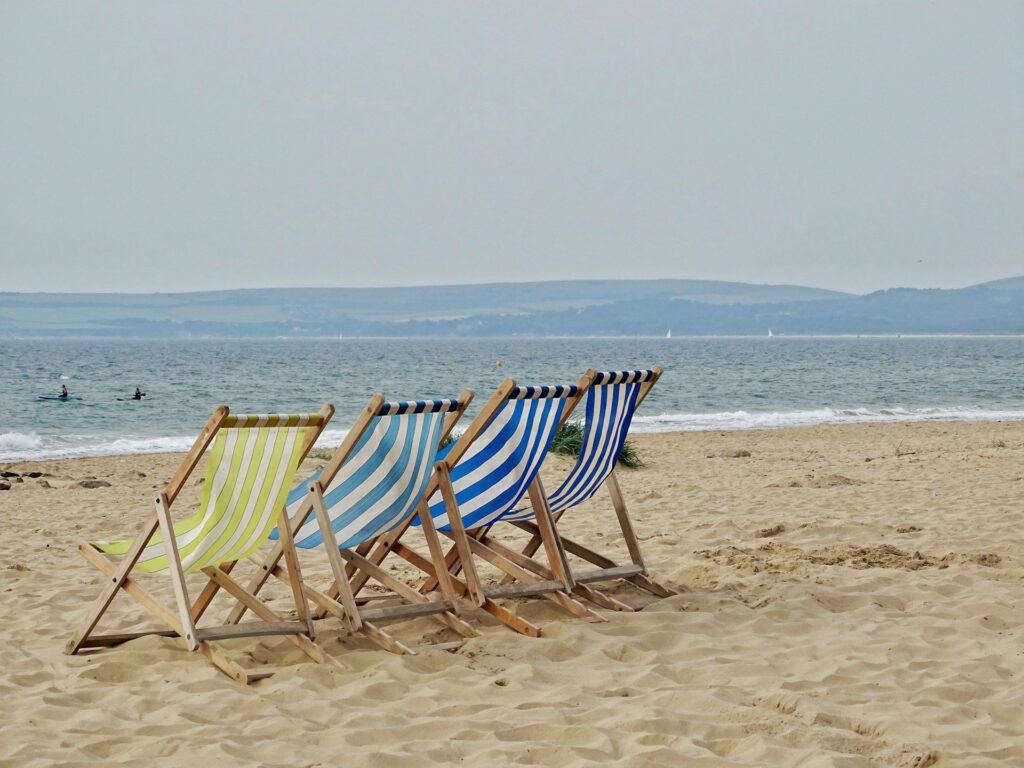Stay Safe In The Sun This Summer

Stay safe in the sun with our range of sun cream and after sun care. For advice on sun safety and sunburn treatment speak to our pharmacy team.
Summer is finally here, after a bit of a rocky start with the weather this year we’re expecting more warm temperatures to arrive soon! While the summer sun is always a welcome sight and we spend all year looking forward to sunny days, too much sun exposure can lead to serious skin damage and other health issues.
We’re here to help you avoid these problems and give you essential tips for staying safe in the sun, helping you to enjoy the sunshine without the risks.
Why Sun Safety is Important at All Ages
Sun safety matters for everyone, regardless of their age. From babies to grandparents everyone needs to be aware of how much time they spend in the sun.
The harmful ultraviolet (UV) rays from the sun can cause skin damage, premature aging, and increase the risk of skin cancer.
Children are particularly vulnerable because their skin is more sensitive, but adults are also at risk. Over time, the effects of sun exposure accumulate, if you’ve been overindulging in the sun for years you might even notice some of the early signs, but it’s ever too late to start being safe in the sun and protecting your skin.
Don’t Forget to Seek Shade
One of the simplest ways to protect yourself from the sun is to seek shade, especially during peak hours. UV rays are strongest between 11 am and 3 pm, so it’s best to stay indoors or find a shaded area during these times.
You can always check how strong UV rays are likely to be on any particular day by checking weather services such as the Met Office that include a UV index along with the weather.
If you need to be outside during these peak times, wear a wide-brimmed hat, sunglasses, and long-sleeved clothing to cover exposed skin. Trees, umbrellas, and canopies are excellent sources of shade that can reduce your risk of sunburn.
Plan ahead to make sure you can avoid the sun when it’s at it’s brightest. For example, if you’re spending a sunny day at a park plan to have your picnic in a shaded part under some trees or bring an umbrella to act as a parasol.
Don’t Forget The Sun Cream
Sun cream, or sunscreen for some, is one of the most effective tools in protecting your skin from harmful UV rays.
It works by either absorbing or reflecting UV radiation, preventing it from penetrating the skin.
Regular use of sun cream reduces the risk of skin cancer, prevents sunburn, and helps maintain youthful skin by preventing premature aging. We’ve all seen how different sun creams have become popular on TikTok for young people looking to keep their skin healthy and prevent signs of sun damage, we love to see it!
Applying sun cream should be a routine part of your sun safety practices, regardless of how long you plan to be outside.

What Makes a Good Sun Cream?
Not all sun creams are created equal, so it’s important to choose one that offers adequate protection. Here are a few things to look fo when you’re trying to choose a sun cream:
- Broad-Spectrum Protection: This means the sun cream protects against both UVA and UVB rays. You can usually see how good a sun cream is for these factors on the front of the bottle.
- SPF 30 or Higher: The Sun Protection Factor (SPF) indicates how well the sun cream can protect your skin from UVB rays. An SPF of 30 is generally sufficient for most people, but higher SPFs offer more protection and are good if you’re traveling to a sunny destination on holiday.
- Water-Resistant: If you’re swimming or sweating, a water-resistant sun cream will stay effective longer. It’s important to think about this if you’re taking a sun cream on holiday and you’re going to be in and out of a pool.
- Suitable for Your Skin Type: Choose a sun cream that suits your skin type, whether it’s sensitive, oily, or prone to acne. You can also buy child specific sun cream that’s more tailored towards their skin.
How to Use Sun Cream Properly
Using sun cream effectively is key to protecting your skin. It doesn’t do you any good if it’s kept in the bottle, or you use it wrong.
The first step is making sure that you use enough sun cream, most people are not applying enough as a general rule. Use about two table spoons of sun cream to cover your entire body. Don’t forget easily overlooked areas like your ears, neck, and the tops of your feet.
Make sure to put on sun cream at least 20 minutes before going outside to allow it to absorb into your skin and reapply your sun cream every two hours. If you’re going in and out of a pool or sweating a lot you need to apply it more regularly than this.
A common issue with sun cream is using it when it’s expired. Sun cream loses its effectiveness over time, so you probably shouldn’t use the sun cream you bought last year. For best results check the expiry dates and replace it if needed.
What to Do if You Become Sunburnt
Despite our best efforts, sometimes we still get sunburnt. If this happens to you the first step is to get out of the sun immediately to prevent further damage.
Once you’re out of the sun take a cool (not cold) shower or bath, or apply a damp towel to the affected area to help reduce the risk of further damage.
Once you’ve cooled down be sure to drink plenty of water to help your body recover from dehydration caused by sun exposure.
If your sunburn is not severe you can use a gentle, fragrance-free moisturiser to soothe the skin. Aloe vera gel is particularly effective for sunburn relief you can buy specific after sun products as well to help with mild sun burn.
What Counts as a Severe Sunburn
A severe sunburn goes beyond the typical redness and soreness you see in a mild sunburn. Some signs that your sunburn is serious include:
- Blistering: If your skin blisters, it indicates a second-degree burn.
- Swelling: Significant swelling is a sign of severe skin damage.
- Severe Pain: If the pain is intense and doesn’t improve with over-the-counter pain relief, it may be severe.
- Fever and Chills: A sunburn that causes a fever, chills, or flu-like symptoms is serious.
- Nausea and Headache: These symptoms can indicate sun poisoning, which requires medical attention.
If you experience any of the symptoms of severe sunburn mentioned above you must seek medical attention.
Additionally, if your sunburn covers a large area of your body or if you develop an infection (such as increasing pain, pus, or red streaks leading away from the blister), you should consult your GP or call 111 for advice.
FAQ’s About Sun Burn
How often should I apply sun cream?
You should reapply sun cream every two hours, or more frequently if you are swimming or sweating.
Can I use last year’s sun cream?
Probably not! If it’s expired, it may not provide effective protection. You can look for an indicator on the bottle for how long you can continue to use a product once it’s been opened. Most sun creams are good for 12 months after you open them so if you’re not sure when you first used it, it’s best to replace it.
Is sun cream necessary on cloudy days?
Yes, UV rays can penetrate clouds, so it’s important to wear sun cream even on overcast days.
What SPF should I use for my children?
Children’s skin is more sensitive, so use a broad-spectrum sun cream with at least SPF 30.
Can I get sunburnt through a window?
Yes, UVA rays can penetrate glass, so you can still get sunburnt indoors if you’re sitting near a window or in a car.
If you have any other questions or want advice on staying safe in the sun or treating sunburn, visit Ricky’s Pharmacy in Epsom.



